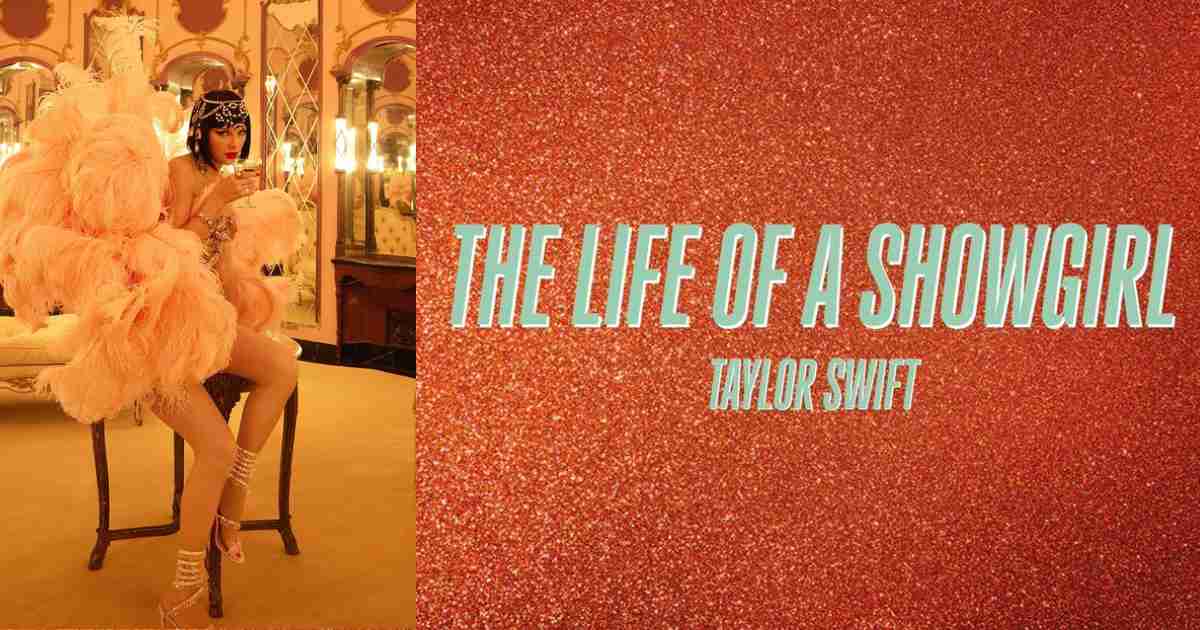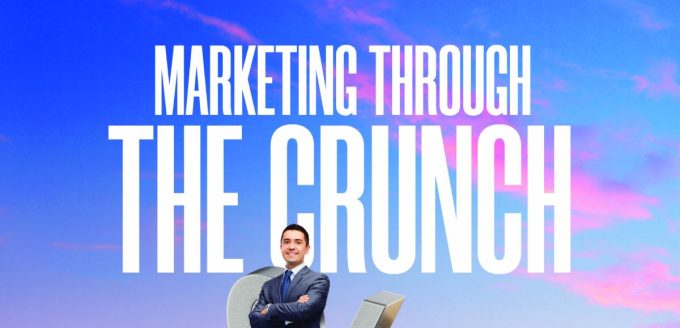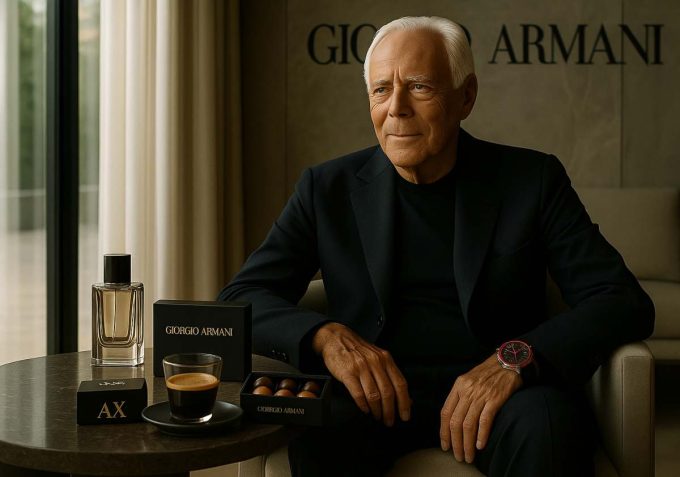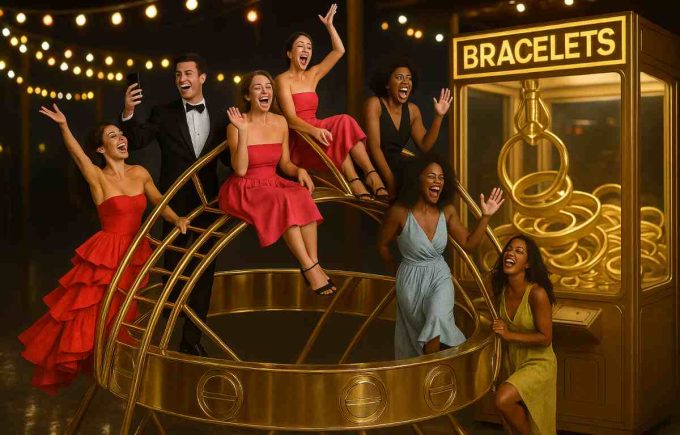Taylor Swift might be ruling the world, and we don’t even know it. This past week has been a crazy, wonderful and glittery ride on social media; every brand we know has transformed itself into a green, sparkly and orange picture. All this because Taylor Swift, as she does, has been leaving Easter Eggs all over the place…
Everything has Changed
Since the launch of The Eras Tour, the biggest tour in history, the 35-year-old has been unstoppable. She reclaimed ownership of her music, swept up awards, shattered record after record and, somewhere along the way, became a billionaire.
Her achievements in the past two years alone have been staggering. She became the first artist in history to occupy the entire top 10 of the Billboard Hot 100, broke the record for the most-streamed album in a single day on Spotify, and set new touring records with The Eras Tour, which is projected to be the highest-grossing concert tour of all time. Her dominance feels almost untouchable at this point.
Of course, Taylor has always been a towering figure in the industry: the only artist to win Album of the Year at the Grammys four times, with countless other milestones to her name. Yet, for much of her career, her popularity was boxed into one demographic, you guessed it, young women. She was dismissed, belittled, and often mocked by men who reduced her to a pop star who wrote about boys.

Wildest Dreams
But The Eras Tour marked a turning point. Swift was no longer viewed through the narrow lens of teenage fandom. Instead, she emerged as what she had always been: a shrewd businesswoman, an extraordinary performer, a masterful songwriter, and one of the most powerful cultural figures of our time.
Riding the momentum of The Eras Tour, a production that not only redefined live performance but also reframed her image, she carried that same sense of spectacle into the lead-up to her next project, weaving anticipation for her new album through the carefully planted clues her fans have come to expect.

Message in a Bottle
The singer-songwriter created anticipation for her latest release through a carefully staged countdown for her Swifties. Among these was a 12-photo carousel shared by her official marketing team, showing Swift in orange outfits during the Eras Tour.
Read More: The Taylor Swift Phenomenon
The caption is directly from the first page of The Eras Tour photobook, where her letter to fans concludes with the same words
“Thinking about when she said, ‘See you next era…’,”
All these clues led to the announcement of her 12th studio album, The Life of a Showgirl. Further details followed two days later, when she appeared on New Heights, the podcast hosted by her boyfriend, Kansas City Chiefs tight end Travis Kelce, and his brother, retired Philadelphia Eagles centre Jason Kelce.
Whether it was the success of the 144-show tour or simply the chaos she left in her wake across 51 cities. People finally began to see her beyond mainstream pop; something shifted. Suddenly, even the sceptics, mostly men who had dismissed her for years, began to recognise the scale of her impact. She wasn’t just performing concerts; she was transforming entire cities. Stadiums shook with seismic activity (literally), hotel rooms sold out months in advance, and local economies surged. Santa Clara even renamed itself “Swiftie Clara” in her honour. Wherever she went, trajectories changed.

…Ready For It?
And people noticed. Everyone noticed. Taylor Swift wasn’t just a pop star anymore; she had become a global influencer. She became the reference point for culture itself. When Taylor moves, the world moves with her. She had always been an icon, but this was something else entirely.
Brands were quick to understand it, too. Some of the biggest companies on the planet now scramble for even the faintest association with her. They know that when Swift’s fans take notice, they don’t just watch, they show up.
That power was on full display this past week. The moment Swift announced her new album, The Life of a Showgirl, brands rushed to join the conversation. From food companies to airports to sports clubs, everyone had their own take: memes, posters, puns. All desperate to align themselves with her. Because right now, being connected to Taylor Swift isn’t just good publicity. It’s the closest thing to guaranteed success. She doesn’t just rule the charts, she’s ruling the world.

The Life of a Showgirl
The Lover singer’s latest branding move shows how even a single colour can ignite a global phenomenon. It began on X, where the platform swapped its logo for a glittery orange “X,” drawing over 5.5 million views. Google followed with orange confetti and flaming hearts for anyone searching “Taylor Swift.”
LASIK.com joined in too, seizing on her offhand podcast mention of eye surgery with a gleeful post:
“TAYLOR SWIFT EVERYONE. WE’VE PEAKED!!!!!!!!”
From there, the takeover was unstoppable. Within hours, the Empire State Building, Times Square, and Kansas City’s Union Station glowed orange. M&M’s, Play-Doh, Sesame Street, and even Olive Garden rolled out their own tributes, while Petco paraded Swift’s cat, Meredith in an orange haze. What started as an album announcement had turned into a moment that companies were quick to capitalise on.

Gold Rush
Since that initial flood of orange, the momentum has not slowed. What began as playful Easter eggs quickly morphed into a full-scale marketing wave, with companies across industries competing to outdo each other in their displays of allegiance. From global corporations to regional staples, everyone wanted a slice of the glow.
The phenomenon even has its own name. Back in 2022, Bloomberg reporter Augusta Saraiva coined the term Swiftonomics to capture the outsized financial ripple Swift creates wherever she goes. That term exploded during the Eras Tour, when her concerts crashed Ticketmaster, spurred congressional hearings, and forced the live entertainment industry to reckon with its own monopolies. Now, in the wake of The Life of a Showgirl, brands are applying the same logic: if Taylor Swift turns orange, so will they.
The list of participants keeps growing. Pizza Hut, Audible, essie, Post-it and many more. Texas icons like H-E-B, Whataburger, and Bill Miller Bar-B-Q rebranded their feeds with sparkles, while household names including Burger King, Netflix, Walmart, and American Airlines followed suit. Even Spotify bent to the moment, updating its interface with glittery orange accents and themed playlists.

The Alchemy
In the span of days, orange wasn’t just a colour anymore, it was a marketing strategy and a brand itself, one dictated by the Taylor Swift. For companies, it’s less about clever branding than about proximity to power. If her fans notice, they respond. And that response, as businesses are learning, translates directly into currency and economic gain.
At its core, what Swift has mastered is not just music, not just performance, not even just business. It’s the art of storytelling at scale. She has shown the world that marketing isn’t about shouting the loudest or buying the biggest billboard; it is about building intimacy, planting seeds, and letting anticipation bloom.
The orange wave is not really about a colour; it was about connection, about turning an album rollout into a shared experience that millions felt a part of. That is why brands chase her, why cities rename themselves for her, why the economy itself bends in her direction.
Taylor Swift proves again and again that the most powerful strategy is knowing your audience so well that they become your co-creators; it is the connection that you build. She is the case study, the lesson plan, the point where business dissolves into narrative and narrative into legacy. An artist whose playbook is reshaping industries from streaming to live events, whose economic ripple effects are studied in boardrooms and classrooms alike, and whose ability to blur the lines between art and commerce has redefined what cultural capital looks like in the 21st century.











